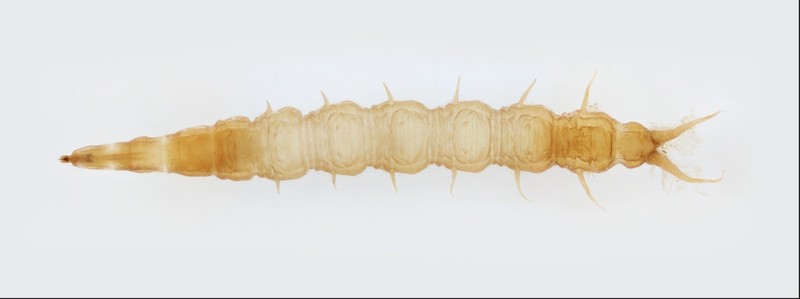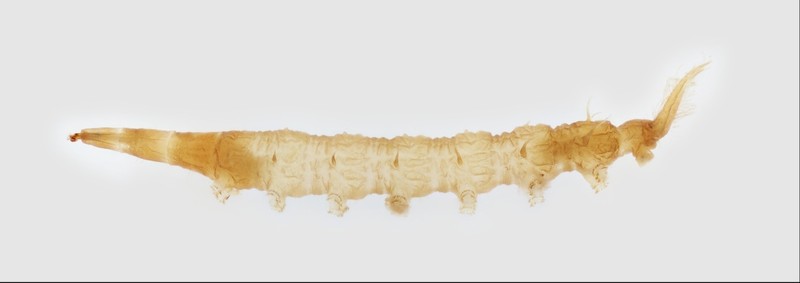order
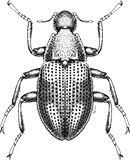
Coleoptera
“Adult Beetles”

Coleoptera
“Larval Beetles”

Diptera
“True Flies”

Ephemeroptera
“Mayflies”
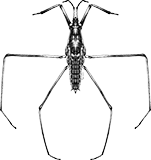
Hemiptera
“True Bugs”

Lepidoptera
“Aquatic Caterpillars, Snout Moths”

Megaloptera
“Alderflies, Dobsonflies, and Fishflies”
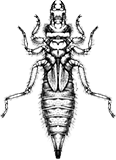
Odonata
“Dragonflies and Damselflies”
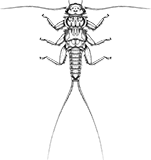
Plecoptera
“Stoneflies”
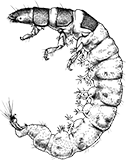
Trichoptera
“Caddisflies”
family
Athericidae
“Watersnipe Flies, Aquatic Flies”
Family Overview
Athericidae


Watersnipe Flies, Aquatic Flies
The head is visible but reduced and partly retracted in the thorax; the mouth hooks (mandibles) move up and down parallel to one another; the body is cylindrical; the abdomen has two pairs of long pointed tubercles laterally and dorsolaterally, eight pairs of ventral prolegs with tiny apical hooks, and a pair of long hairy tubercles posteriorly.
Characteristics
POLLUTION TOLERANCE
Mid-Atlantic: up to 2
Upper Midwest: up to 2
Midwest: up to 3.1
Southeast: up to 2.1
0 = least tolerant, 10 = most tolerant
FEEDING HABITS
Piercer / Predator
MOVEMENT
Burrower
Sprawler
Sprawler
Diagnostic Characters
order
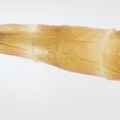
Legs Absent
family
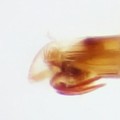
Base of Mandibles with Bristles
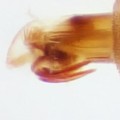
Mandibles Moving Vertically
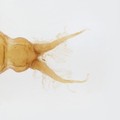
Pair of Long Tubercles Fringed with Hair
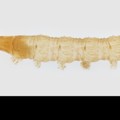
Prolegs Present Ventrally from segments 1-8
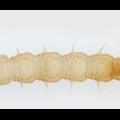
Slender Tubercles on 2-7
+ Expanded Character List
Order:
Wings and wing pads absent. Eye spots sometimes visible, but compound eyes absent. Segmented legs absent, but sometimes fleshy prolegs present. Sometimes with distinct head, often without head or with head drawn deeply into thorax. Body flattened, cylindrical, or maggot-like.
Family:
The head is visible but reduced and partly retracted in the thorax; the mouth hooks (mandibles) move up and down parallel to one another; the body is cylindrical; the abdomen has two pairs of long pointed tubercles laterally and dorsolaterally, eight pairs of ventral prolegs with tiny apical hooks, and a pair of long hairy tubercles posteriorly.
Dorsal
Lateral




